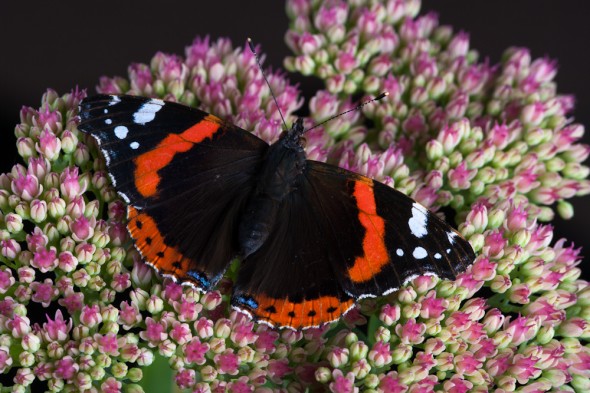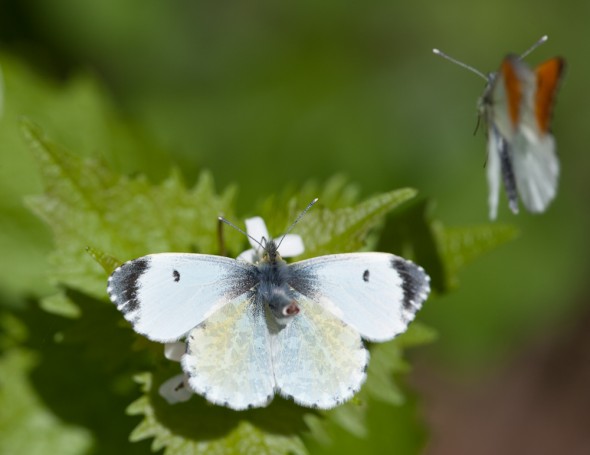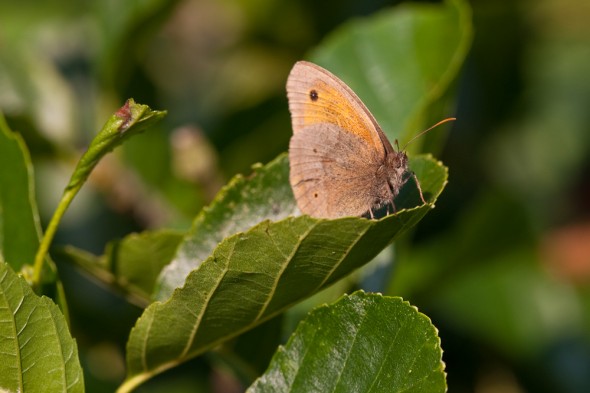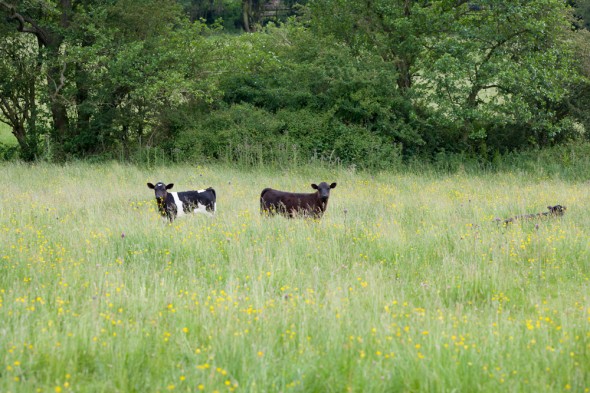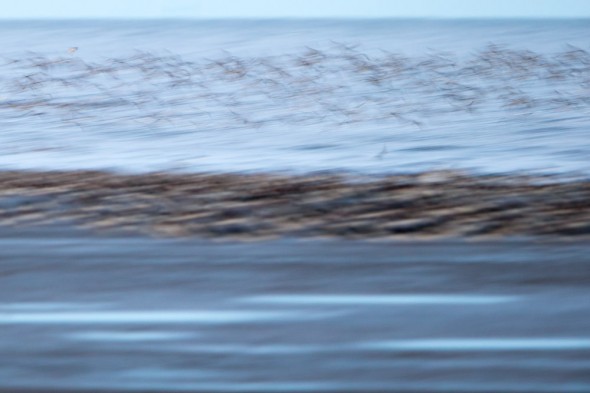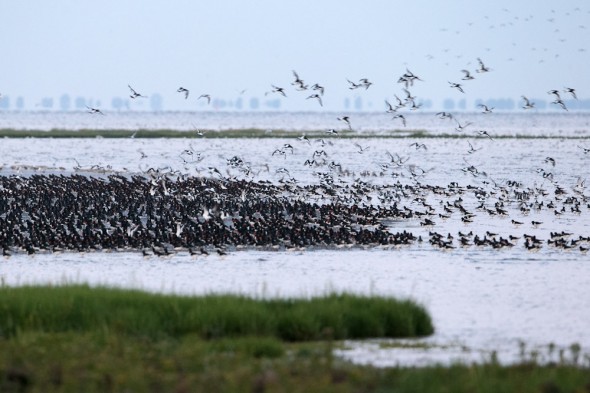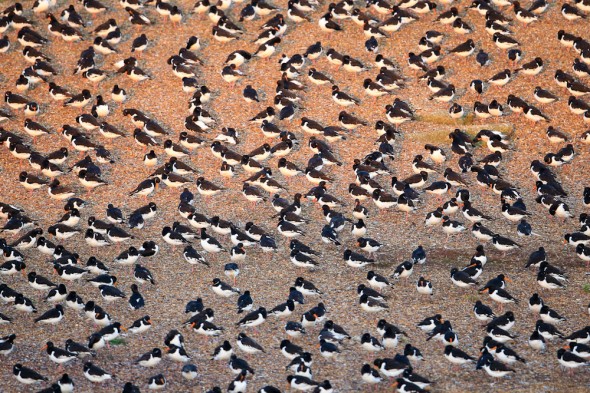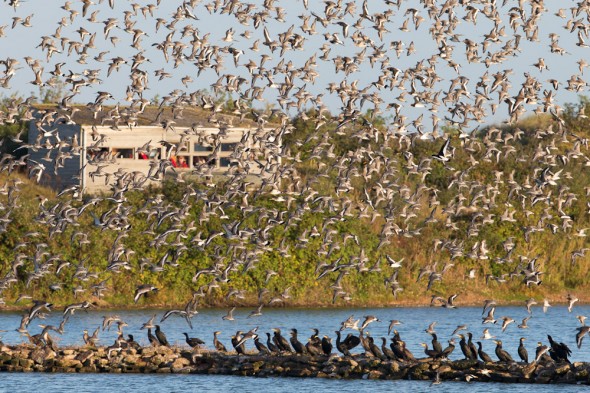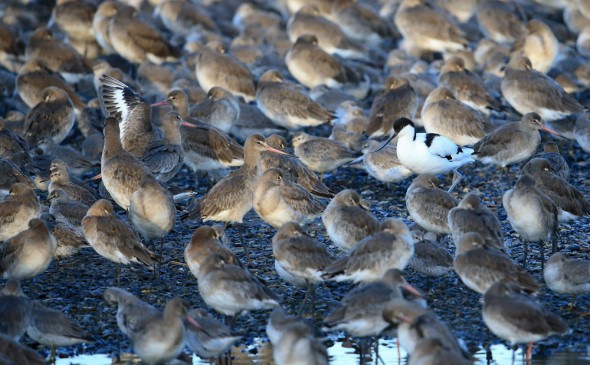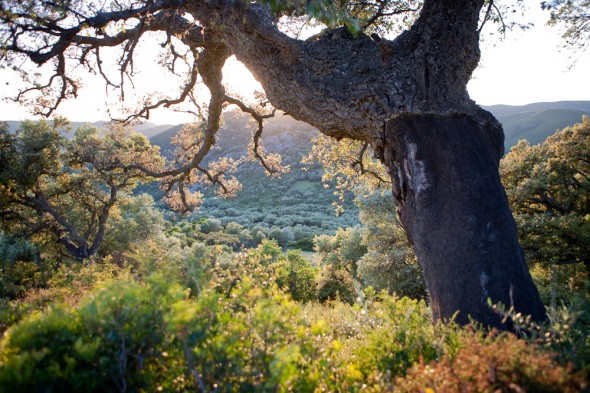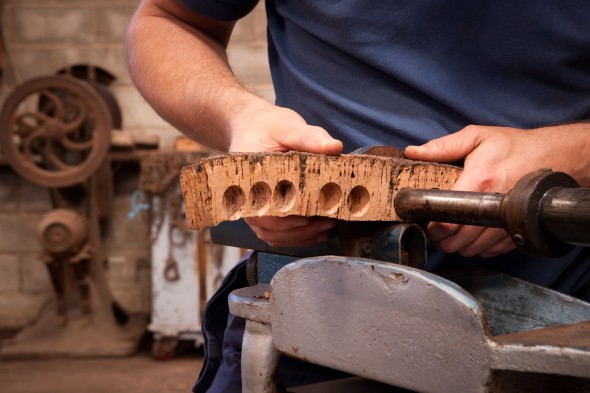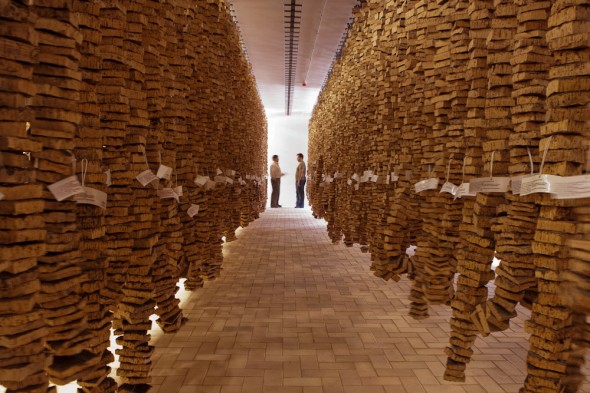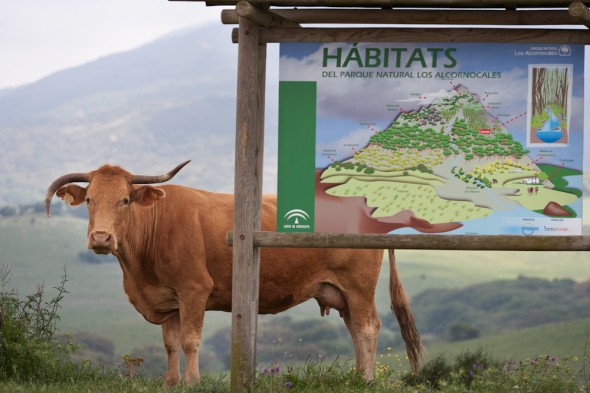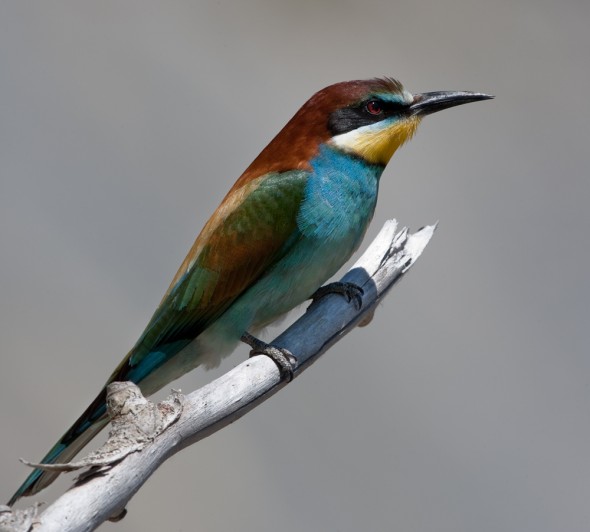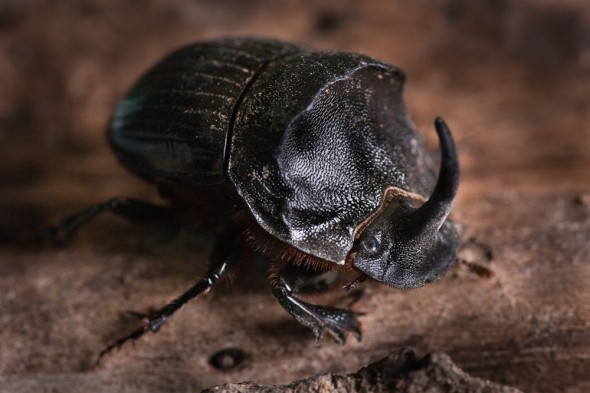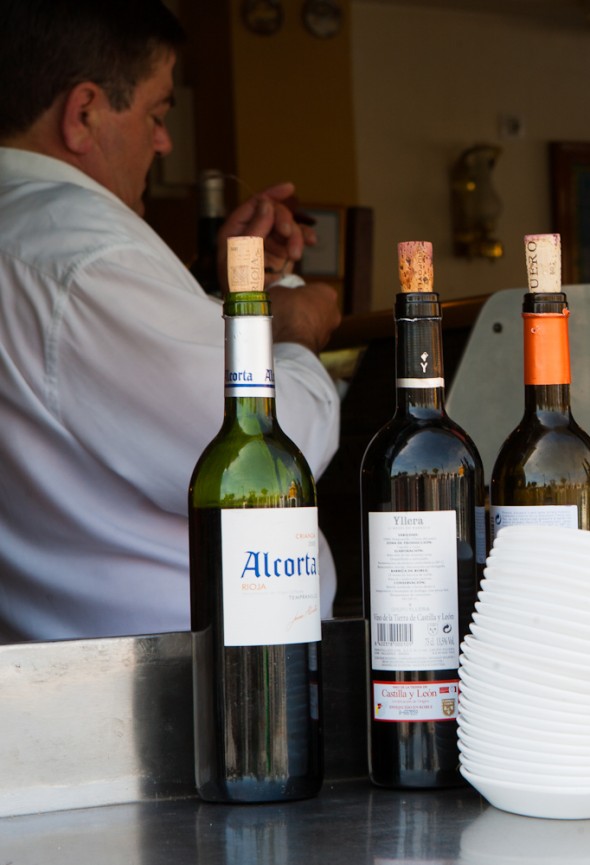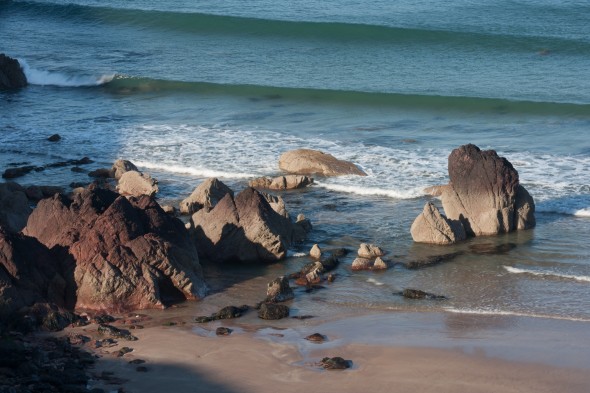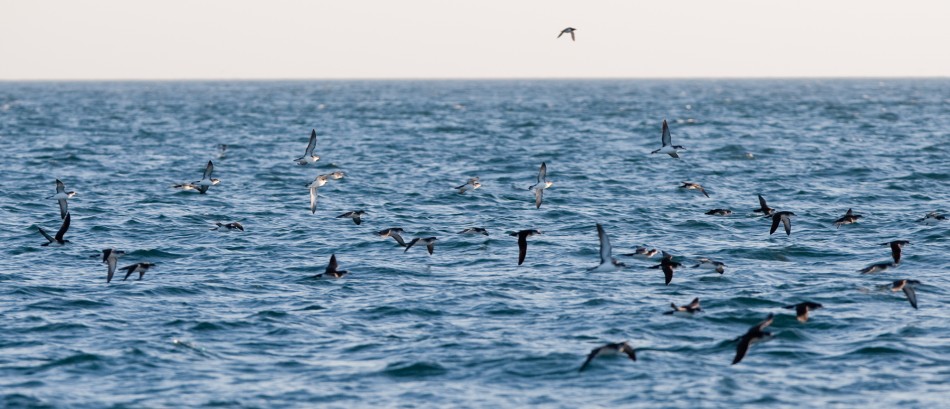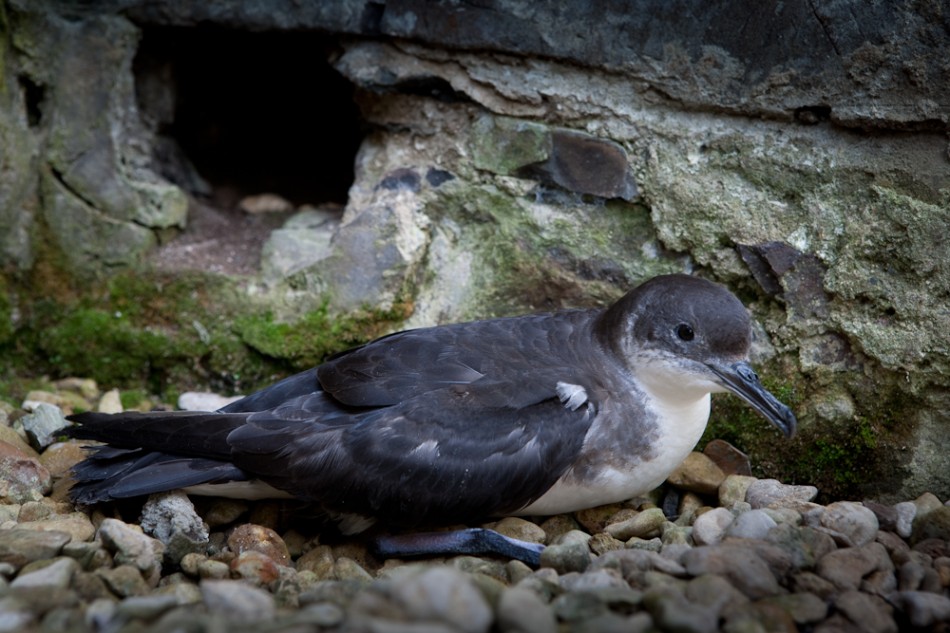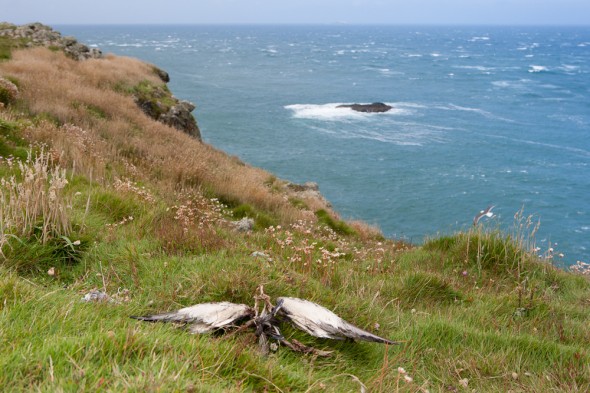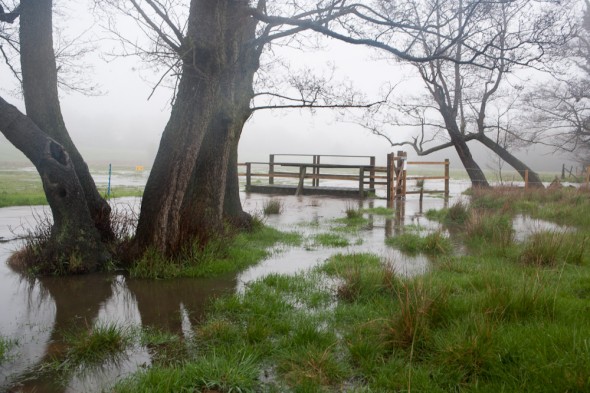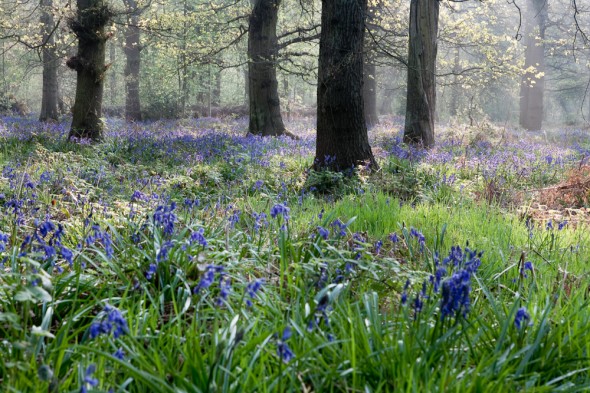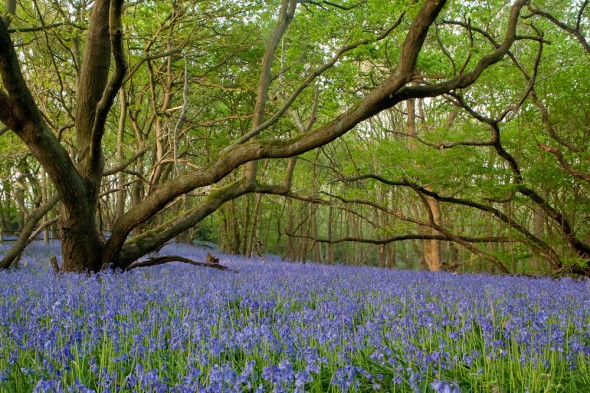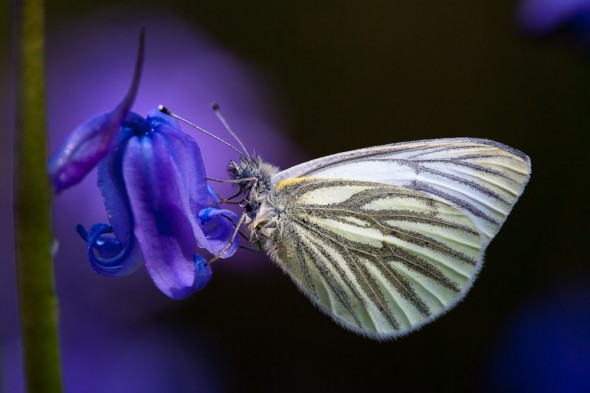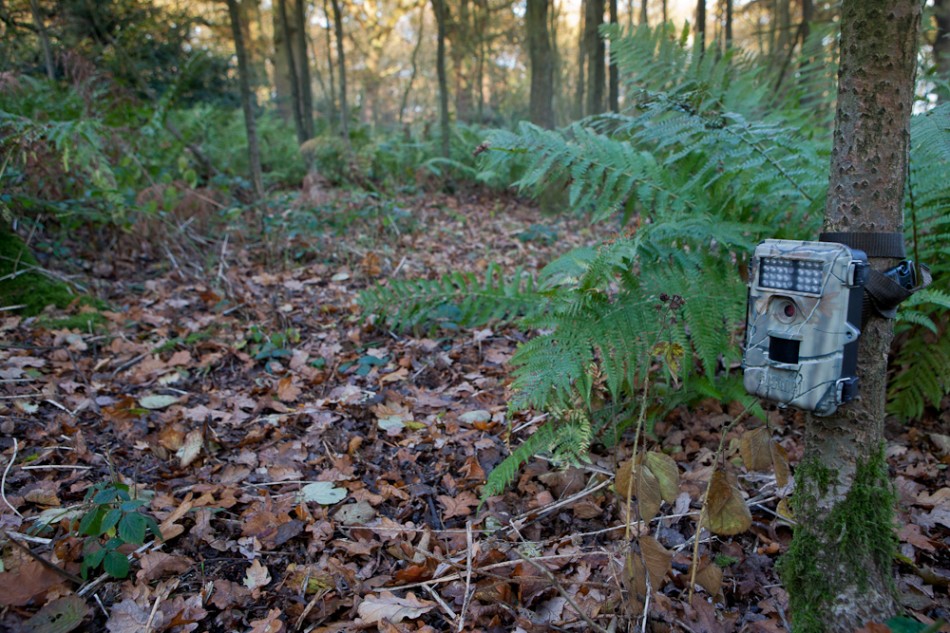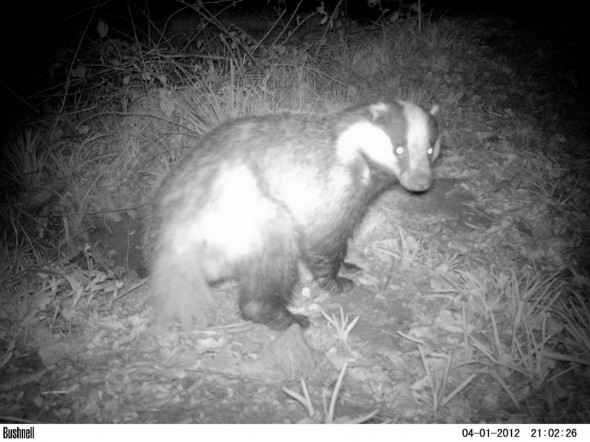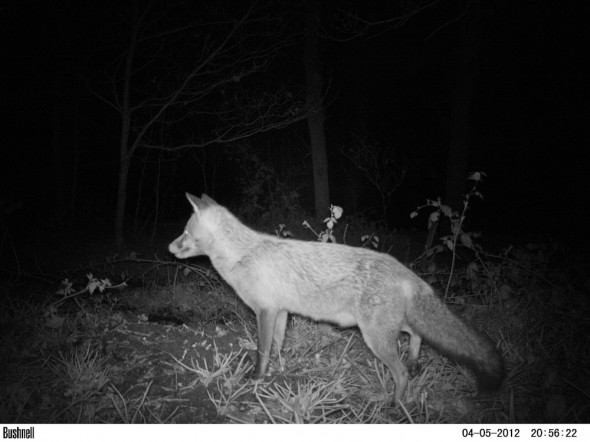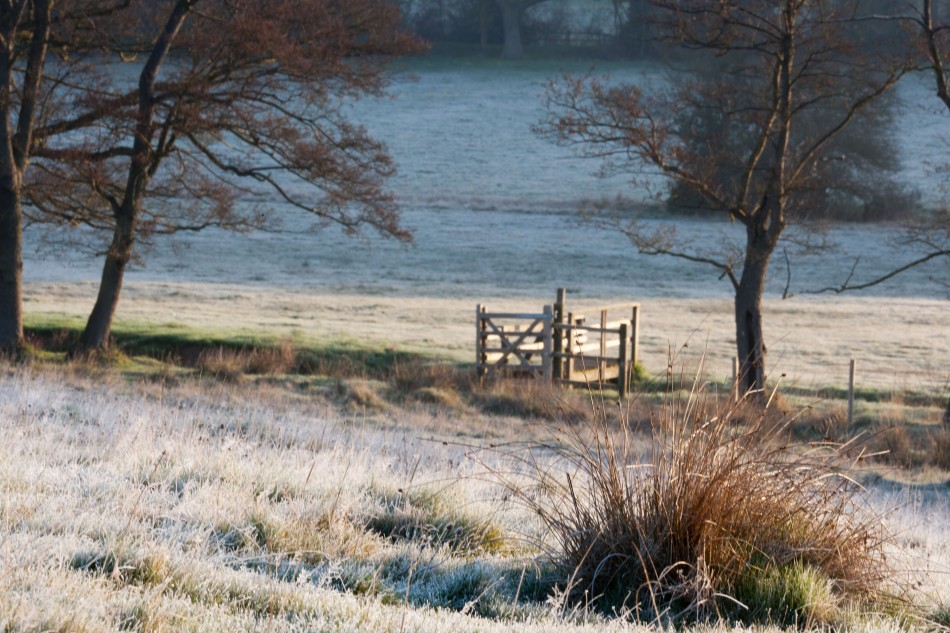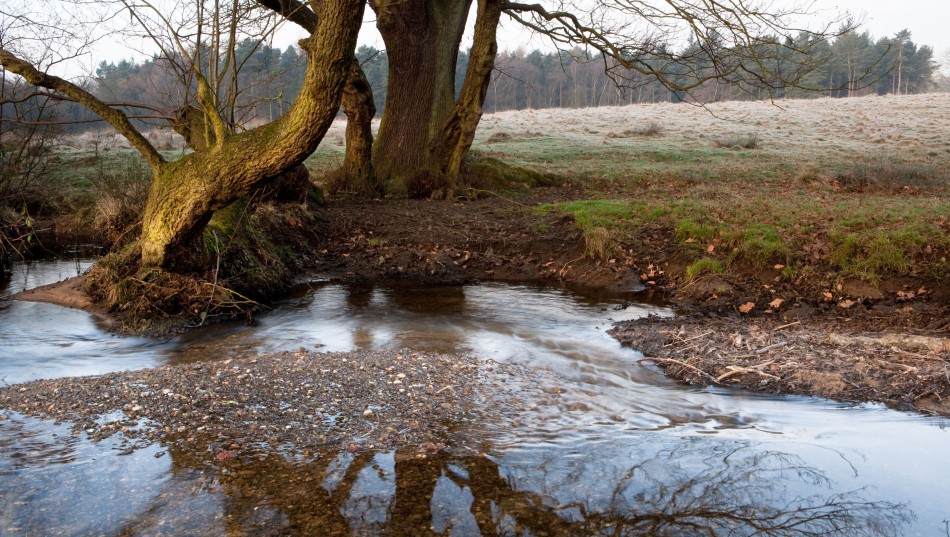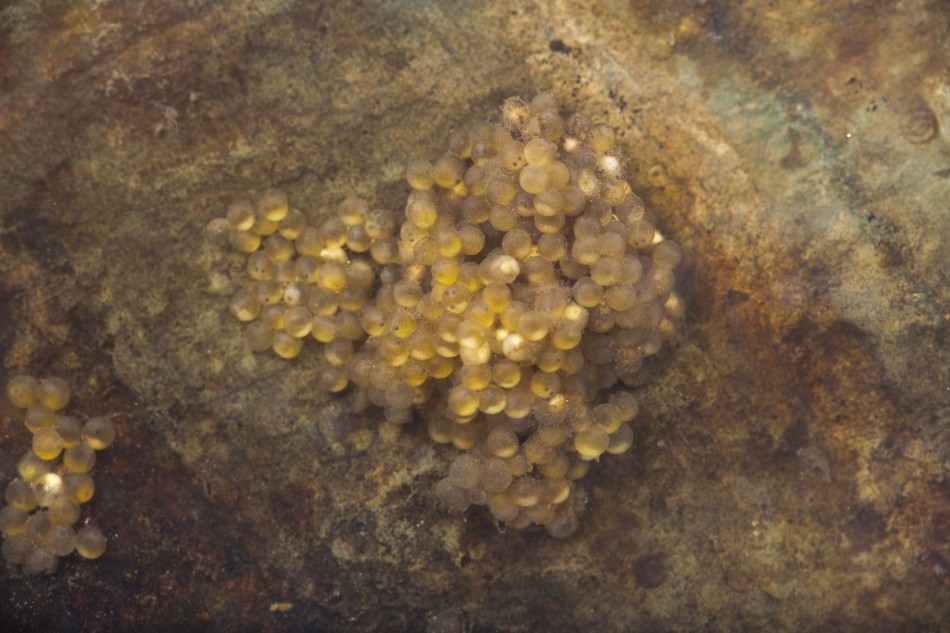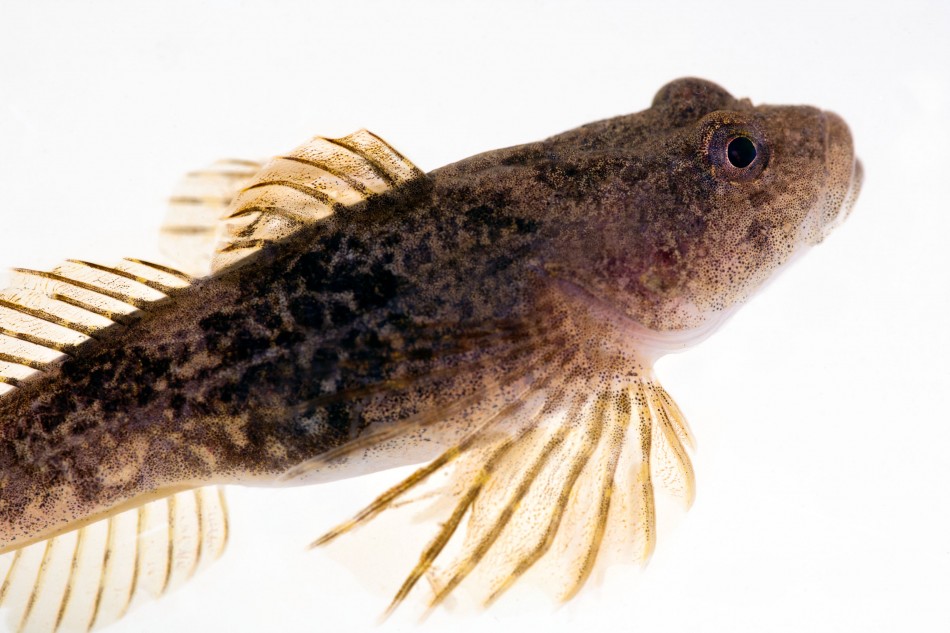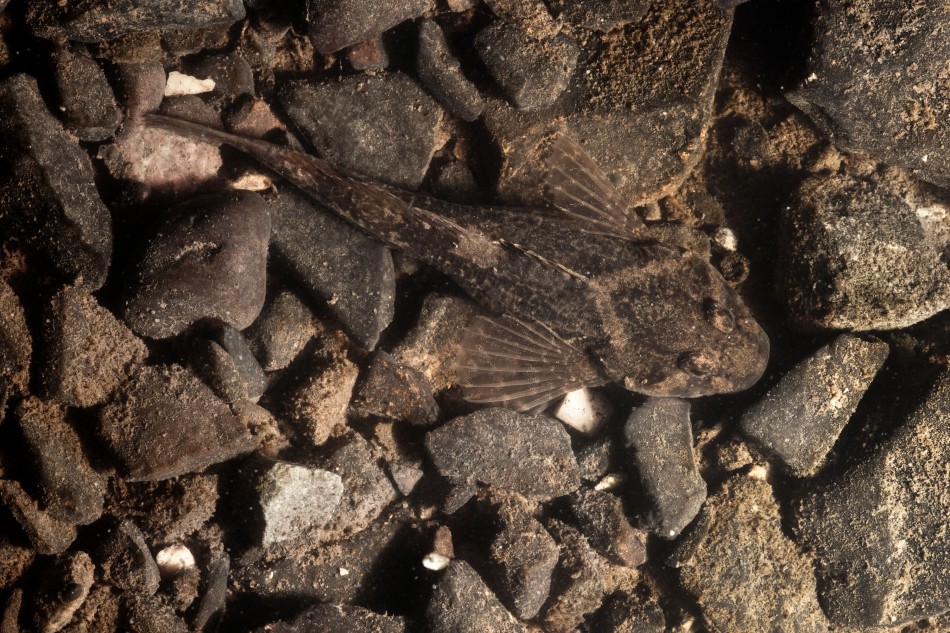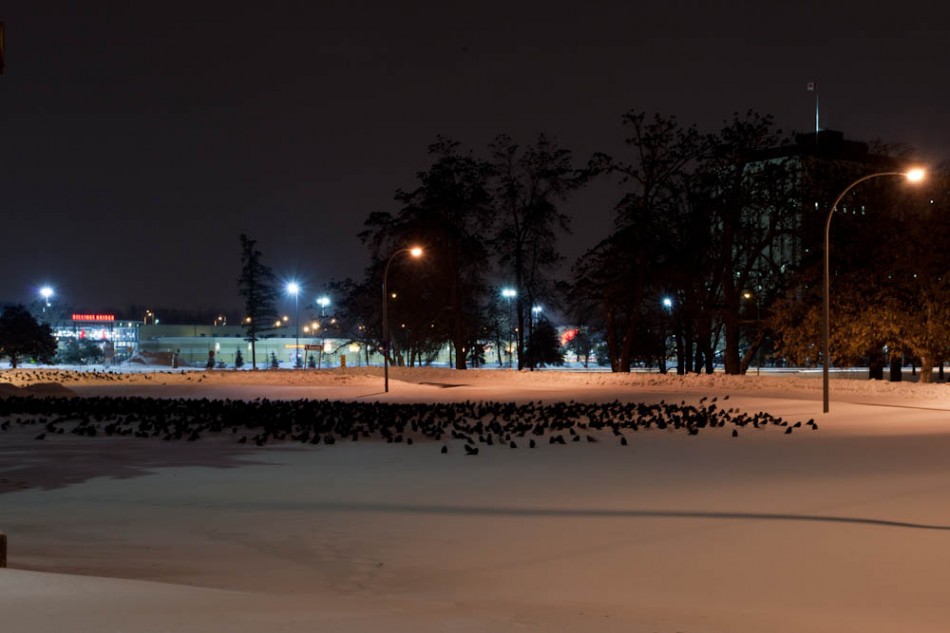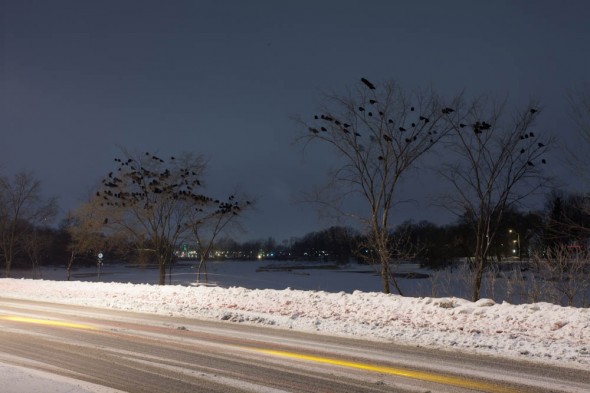The English summer never really happened this year and I was reminded of this on a wildlife walk this week through the lovely Leicestershire countryside. Autumn is my favourite season, the crispness of the air, yellows and golds of leaves, blackberries in the hedgerow, but little compares to the beauty of our autumn butterflies the Comma and Red Admiral. 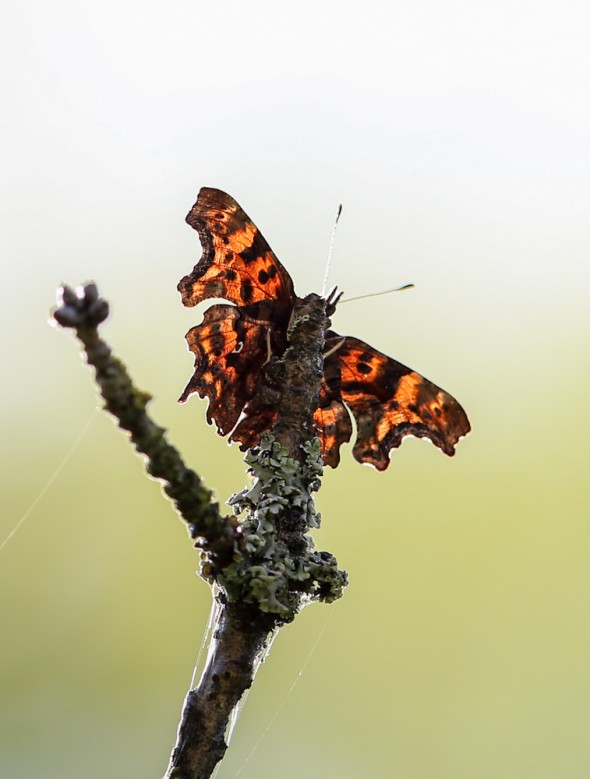
Look on the underwing, bottom left for the little white comma , which gives this butterfly its name.
I am very fortunate to live in the Charnwood Forest in Leicestershire, Charnwood Forest is itself part of the National Forest. In the National Forest there are countless nature reserves and areas accessible for people to walk. In May of this year I was near the centre of the National Forest at Moira. I was photographing a female Orange Tip butterfly, the split second I took the photograph a male flew into shot – how lucky can you get !
With such a great start to the butterfly year I was expectant for more. Not so, the weather has been awful. Butterflies need sunshine and warmth, this is the ‘elixir of life’ for butterflies, only this enables them to fly and fly they must, to find a mate. The only butterfly that has done well this year to my knowledge is the Meadow Brown and on a local nature reserve, the Lea Meadows in Ulverscroft valley, Meadow Browns have been abundent.
The Lea Meadows nature Reserve, owned by the Leicestershire and Rutland Wildlife Trust http://www.lrwt.org.uk/ is a meadowland site. But its special in that it has not been ploughed since medieval times and neither have any agrochemicals been applied. In consequence the 30 acres of meadows are full of wild plants, many species of which used to be common but are not these days. The conservation of such sites are vital to butterfly populations.
During the year I lecture and talk to many groups and societies and without exception people love to hear about butterflies. Seeing a butterfly can have the same effect on people as hearing a bird sing. It can remind us that the simply things in life are often the best.

